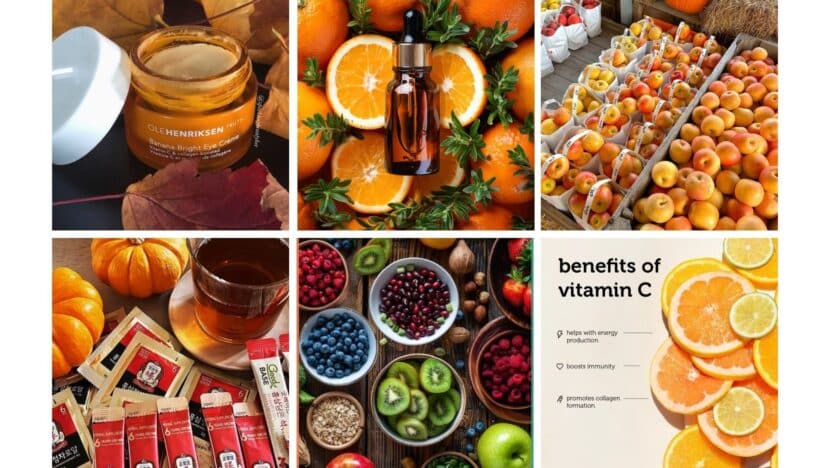As the days grow shorter and cooler, your body’s needs begin to shift. Less sunlight, changing routines, and colder weather can affect your energy, mood, and immune system. The right vitamins in autumn help you stay energized, support your immunity, and keep you feeling balanced through the season.
You may notice lower energy or more frequent colds this time of year, and that’s no coincidence. Nutrients like vitamin D, B vitamins, and antioxidants play a bigger role when daylight decreases and seasonal produce changes. By focusing on the right foods and supplements, you can give your body the steady support it needs.
Autumn also brings a variety of nutrient-rich foods that make it easier to stay on track. From root vegetables to leafy greens, seasonal choices can naturally provide many of the vitamins your body craves. With a few smart adjustments, you can set yourself up for better health all season long.
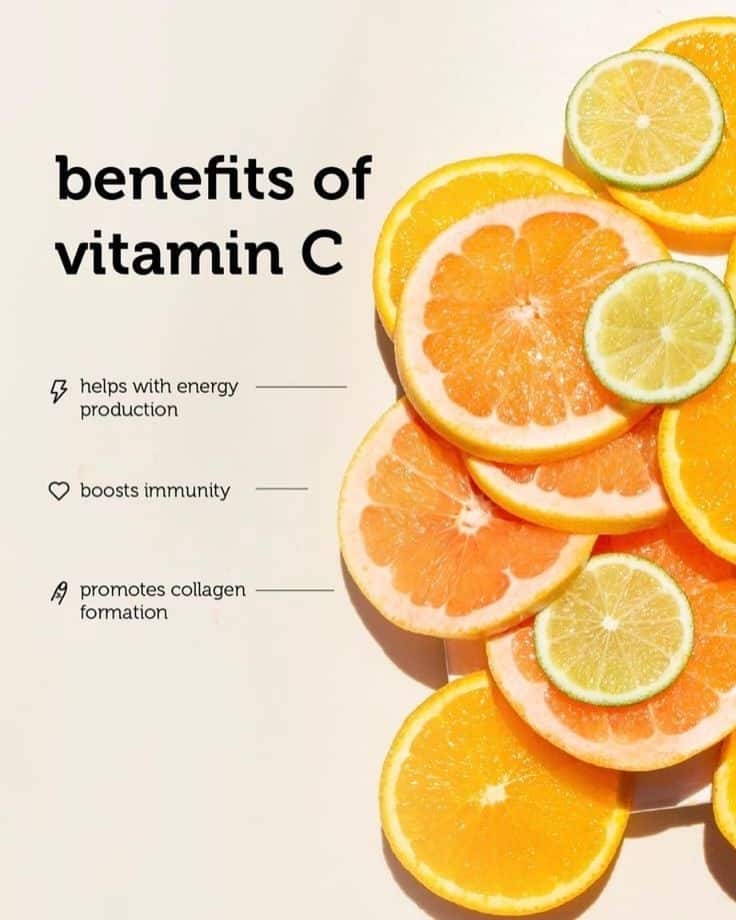
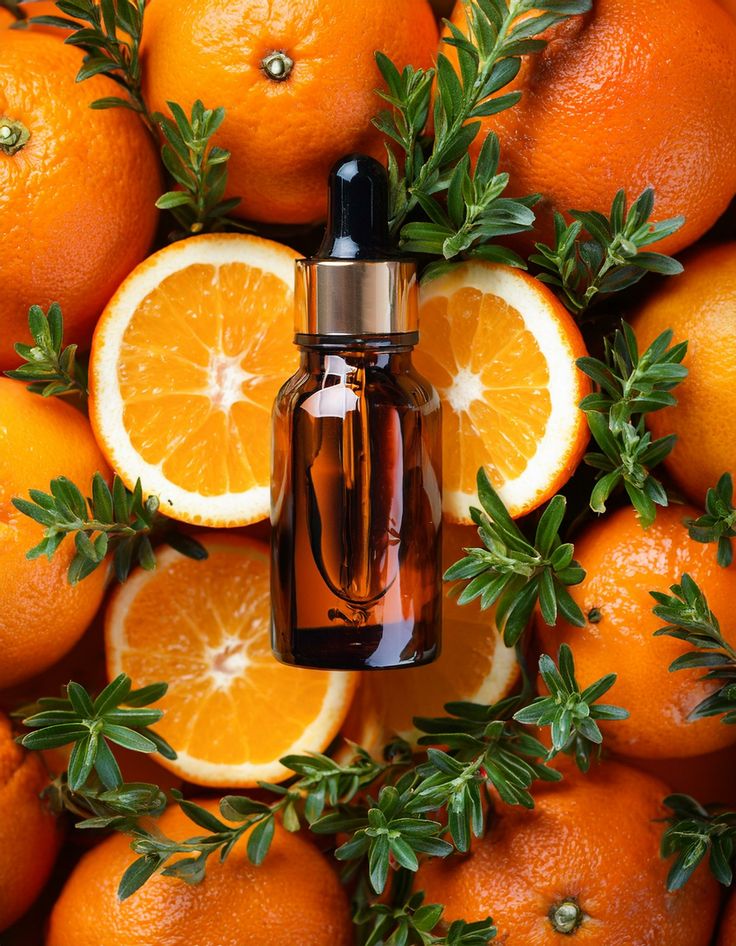
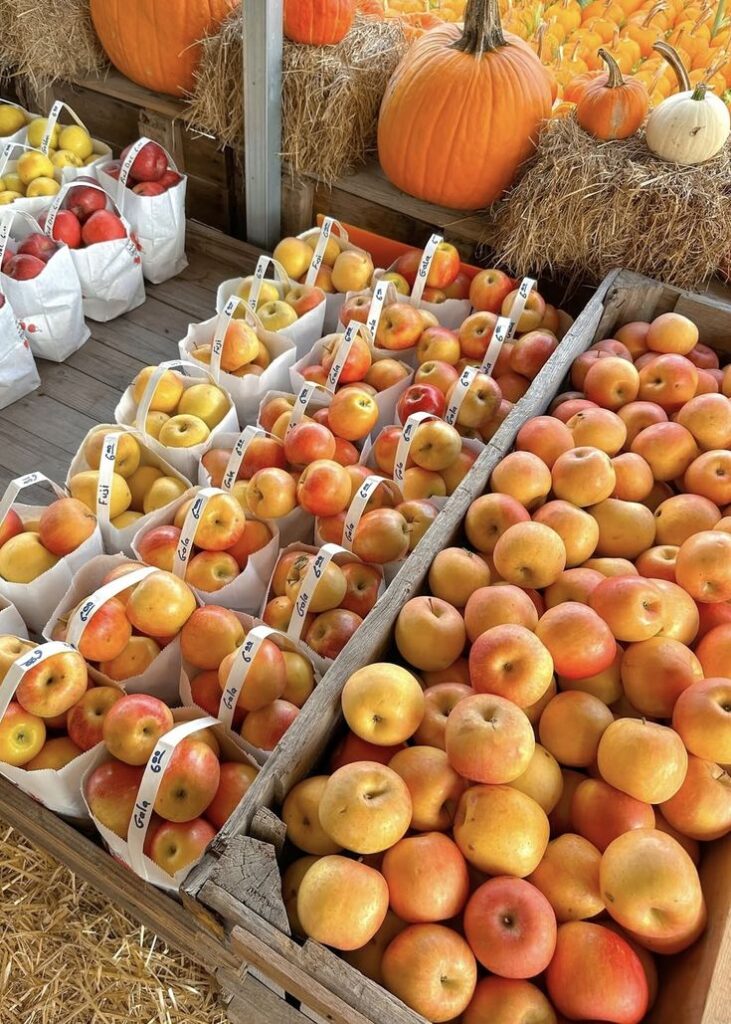
Key Takeaways
- Certain vitamins support energy, immunity, and mood in autumn
- Seasonal foods provide natural sources of essential nutrients
- Supplements can help fill gaps when diet alone isn’t enough
Key Vitamins for Autumn Wellness
As daylight shortens and cooler weather sets in, your body relies on certain nutrients to maintain energy, immunity, and overall balance. Paying attention to specific vitamins can help you adapt to seasonal changes more smoothly.
Vitamin D and Sunlight
With fewer hours of sunlight in autumn, your body produces less vitamin D. This vitamin plays a central role in calcium absorption, which supports bone strength. It also helps regulate immune function, making it especially important during cold and flu season.
You can support your vitamin D levels through foods like fatty fish, fortified dairy, and eggs. However, for many people, diet alone is not enough. A supplement may be useful if you spend little time outdoors or live in a region with limited sunlight.
Low vitamin D levels can leave you feeling tired and more vulnerable to illness. Checking your levels with a simple blood test can help you decide if supplementation is necessary. Aim for consistent intake rather than occasional large doses to maintain steady levels.
Vitamin C for Immunity
Vitamin C is well known for its role in immune support. It acts as an antioxidant, protecting your cells from damage caused by free radicals. This becomes especially important in autumn when respiratory illnesses are more common.
You can find vitamin C in citrus fruits, bell peppers, strawberries, and broccoli. Including these foods regularly in your meals helps maintain steady vitamin C levels. Unlike vitamin D, your body cannot store large amounts of vitamin C, so daily intake matters.
Beyond immunity, vitamin C supports collagen production, which benefits skin, cartilage, and wound healing. A balanced diet usually provides enough, but some people choose supplements during high-risk times for colds or flu.
B Vitamins and Energy
B vitamins support your body’s metabolic processes, helping convert food into usable energy. They also play a role in brain function and red blood cell production, which keeps your energy levels steady.
During autumn, shorter days and busier routines can leave you feeling fatigued. Adequate intake of B vitamins, especially B6, B12, and folate, helps reduce tiredness and supports focus. These vitamins are found in whole grains, leafy greens, legumes, eggs, and lean meats.
If you follow a vegetarian or vegan diet, pay special attention to vitamin B12. Since it is mostly found in animal products, you may need fortified foods or supplements to avoid deficiency.
Vitamin A Benefits
Vitamin A supports your immune system by maintaining the health of your skin and mucous membranes, which act as barriers against infections. It also plays a role in vision, particularly in low-light conditions that become more common in autumn evenings.
You can get vitamin A from two sources: preformed vitamin A (from animal products like liver, dairy, and fish) and provitamin A carotenoids (from plant foods like carrots, sweet potatoes, and spinach). Both contribute to your body’s needs.
This vitamin also functions as an antioxidant, helping reduce oxidative stress. While deficiency is rare in developed countries, ensuring a steady intake supports long-term health, especially during seasonal changes when your body faces extra demands.
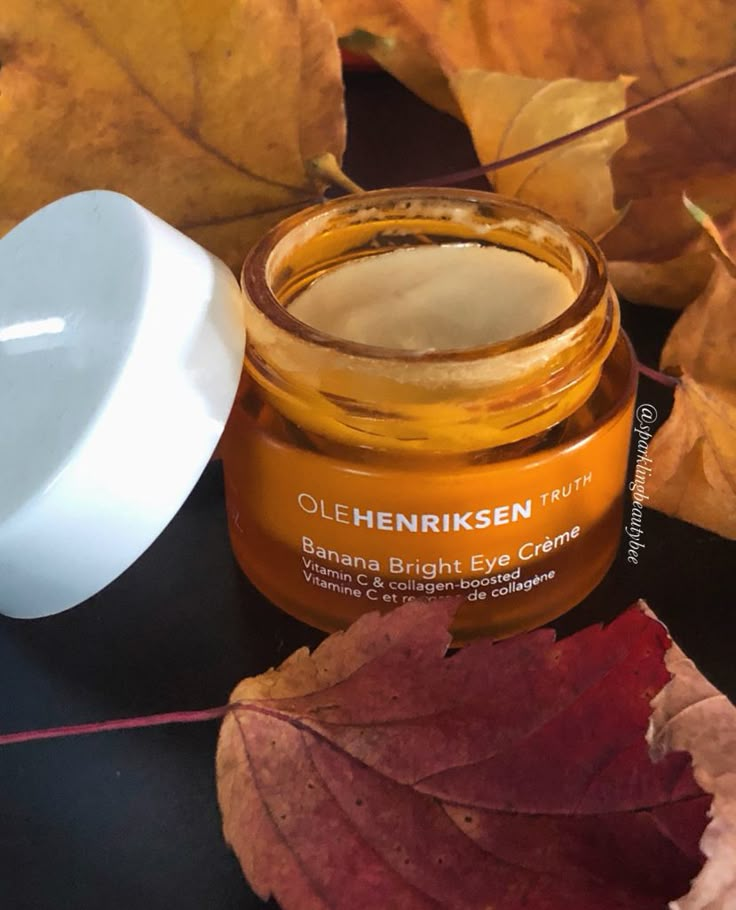

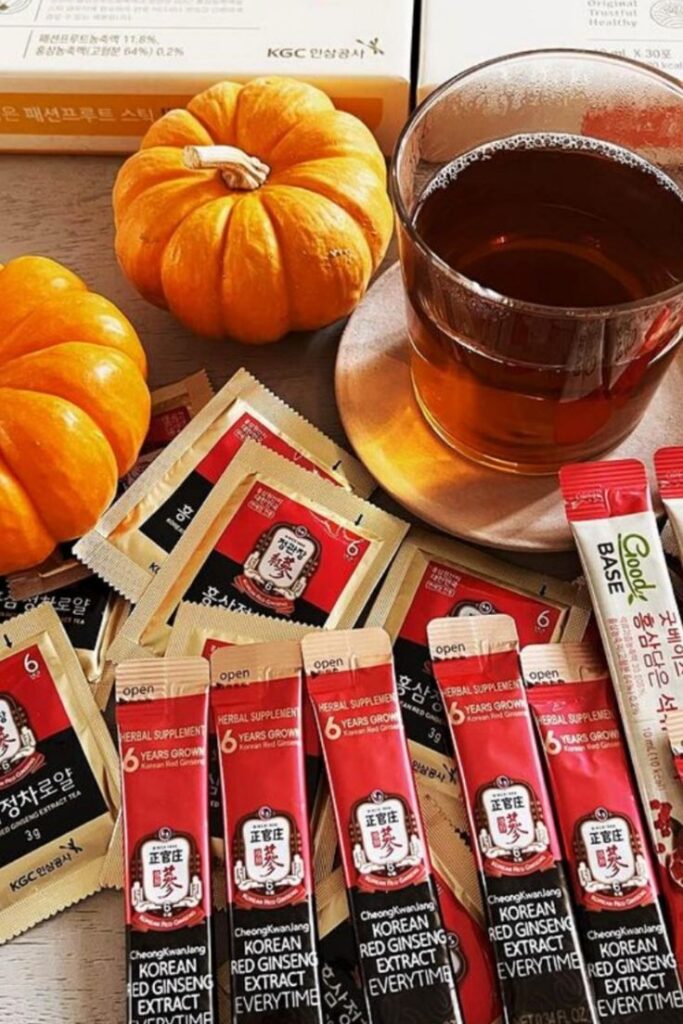
Essential Minerals and Nutrients in Autumn
Shorter days and cooler weather can affect your energy, mood, and immune defenses. Paying attention to specific minerals and nutrients helps you stay healthy, maintain balance, and support your body’s natural functions during this seasonal shift.
Zinc for Immune Support
You need zinc to keep your immune system working properly, especially when colds and seasonal infections become more common in autumn. This mineral helps your body produce and activate white blood cells, which fight off harmful bacteria and viruses.
Food sources of zinc include pumpkin seeds, chickpeas, lentils, beef, and oysters. Even small deficiencies can weaken your immune defenses, so adding zinc-rich foods a few times a week makes a difference.
Zinc also supports wound healing and skin health, which can be helpful when dry, cold air irritates the skin. Adults generally need around 8–11 mg per day, though individual needs vary.
If you don’t eat many zinc-rich foods, a supplement may help, but it’s best to avoid high doses since too much zinc can interfere with copper absorption.
Magnesium for Mood and Energy
Magnesium plays a role in over 300 biochemical reactions in your body, including energy production and muscle function. In autumn, when fatigue and low mood are common, magnesium can help regulate your nervous system and support steady energy levels.
You can find magnesium in leafy greens, nuts, seeds, whole grains, and legumes. Many people don’t get enough through diet alone, which may contribute to muscle cramps, low energy, or trouble sleeping.
Magnesium also influences serotonin, a neurotransmitter linked to mood balance. This makes it especially important during shorter days when sunlight exposure decreases.
Daily needs range from 310–420 mg for adults, depending on age and gender. A magnesium-rich evening snack like almonds or pumpkin seeds may also promote better sleep.
Iron and Folic Acid
Iron ensures your red blood cells can carry oxygen efficiently, which helps prevent fatigue and weakness. In autumn, you might feel more sluggish, and low iron levels can make this worse. Women of childbearing age are at higher risk of deficiency due to monthly blood loss.
Folic acid (vitamin B9) works with iron by supporting red blood cell formation and DNA synthesis. Without enough folic acid, you may experience tiredness, poor concentration, or weakness.
Good sources of iron include lean meats, beans, spinach, and fortified cereals. For folic acid, focus on dark leafy greens, citrus fruits, and legumes.
Pairing iron-rich foods with vitamin C (like bell peppers or oranges) improves absorption. Adults generally need 8–18 mg of iron daily, while folate needs are about 400 mcg per day.
Vitamin E and Antioxidant Protection
Vitamin E acts as a powerful antioxidant, protecting your cells from oxidative stress caused by free radicals. As colder weather increases your risk of seasonal illnesses, antioxidants like vitamin E help reduce cell damage and support immune function.
You can get vitamin E from sunflower seeds, almonds, hazelnuts, spinach, and avocados. A small handful of nuts or seeds can provide a significant portion of your daily requirement.
This nutrient also supports skin health by helping maintain moisture and reducing oxidative damage from environmental stressors. Adults typically need about 15 mg per day, which is achievable through diet.
Since vitamin E is fat-soluble, it’s absorbed best when eaten with healthy fats like olive oil or avocado. This makes autumn salads or roasted vegetables with oil a practical way to boost intake.
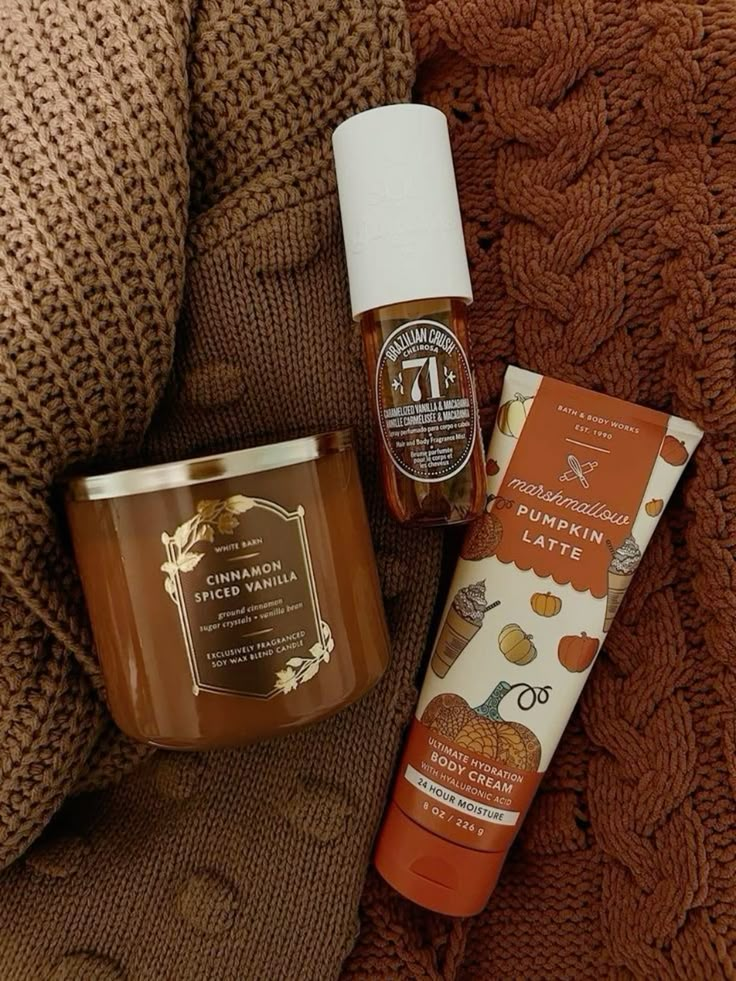
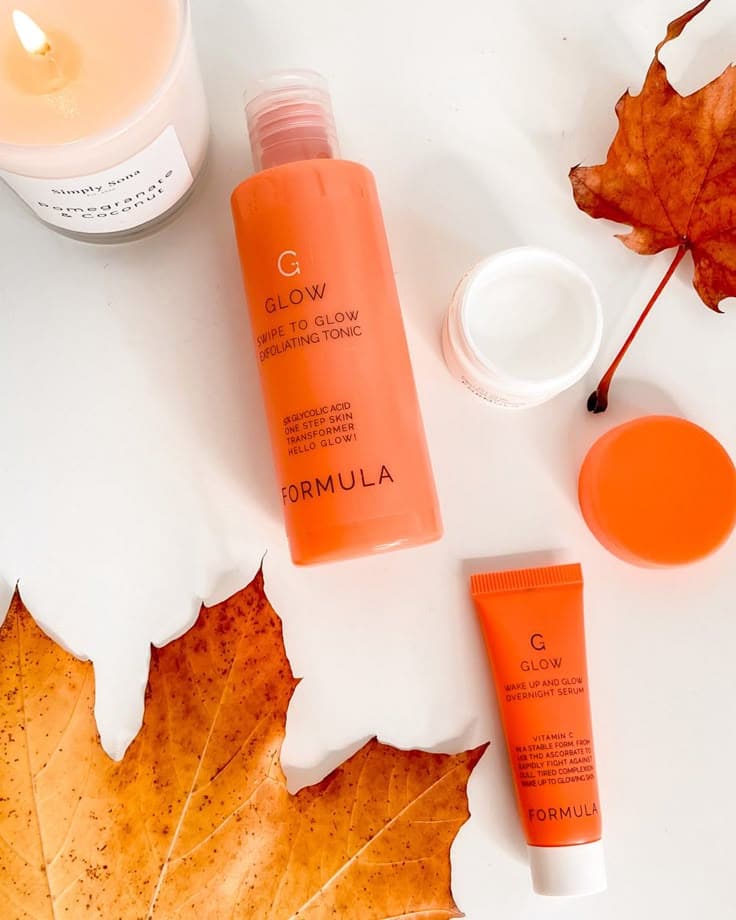
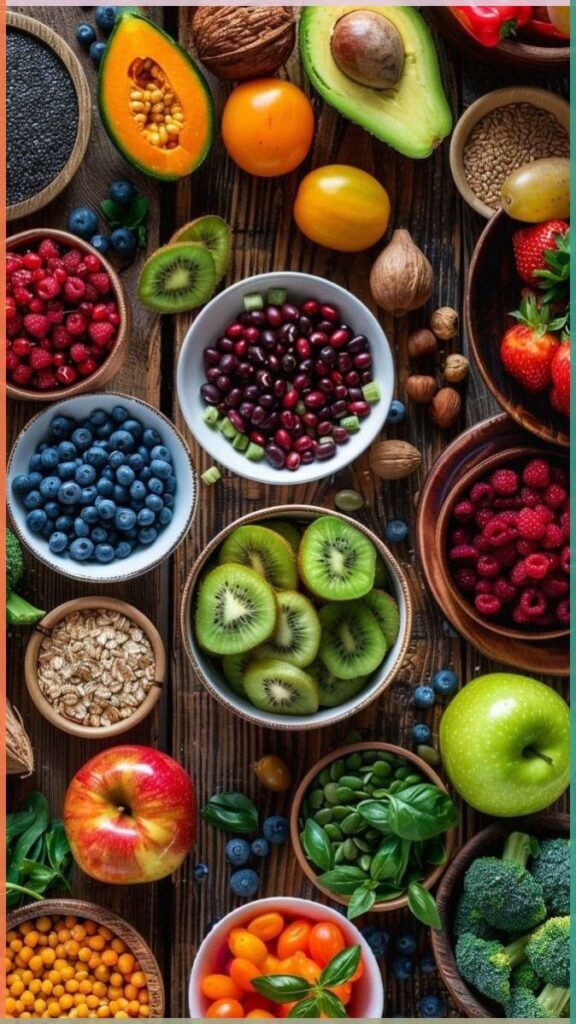
Best Autumn Foods for Vitamin Intake
Autumn brings a variety of fresh foods that supply essential vitamins like A, C, K, and B vitamins. You can support your immune system, energy levels, and overall health by choosing seasonal produce, nutrient-dense seeds, quality proteins, and cruciferous vegetables.
Fruits and Vegetables in Season
You’ll find that fall fruits and vegetables are some of the richest sources of vitamins. Apples provide vitamin C and fiber, while pears add potassium and antioxidants. Pumpkins and winter squash are high in beta-carotene, which your body converts to vitamin A for healthy vision and skin.
Citrus fruits like oranges, mandarins, and grapefruits start to come into season later in autumn. These are excellent for boosting vitamin C, which helps your immune system. Strawberries, though less common in late fall, can still be found in some regions and also contribute vitamin C and manganese.
Sweet potatoes, carrots, and beets are other staples. Beets support circulation with nitrates, while carrots and sweet potatoes deliver vitamin A. Adding these colorful foods to your meals ensures a wide range of vitamins and minerals.
Nutrient-Rich Seeds and Nuts
Seeds and nuts are compact, vitamin-packed foods that fit easily into your daily meals. Pumpkin seeds are especially helpful in autumn since they provide vitamin E, magnesium, and zinc. Sunflower seeds are another great choice, offering vitamin E and B vitamins.
Nuts like almonds, walnuts, and hazelnuts are rich in vitamin E and healthy fats. These nutrients protect your cells and support brain function as the days get shorter. Walnuts also supply omega-3 fatty acids, which play a role in heart health.
Try sprinkling seeds on salads or adding nuts to oatmeal. A small handful each day can give you a steady source of vitamins and minerals without much effort.
Lean Meats and Protein Sources
Lean meats supply important vitamins that are harder to get from plants. Poultry, such as chicken and turkey, provides B vitamins like niacin and B6, which help convert food into energy. Beef and lamb are good sources of vitamin B12, essential for red blood cell production.
Fish, especially salmon and sardines, not only provide protein but also vitamin D. This vitamin becomes more important in autumn as daylight hours shorten and sun exposure decreases. Eggs also contribute vitamin D along with vitamin B12 and choline.
Including a mix of animal and plant-based proteins ensures you get a full range of vitamins along with the amino acids your body needs.
Broccoli, Cabbage, and Other Cruciferous Vegetables
Cruciferous vegetables are some of the most nutrient-dense foods you can eat in autumn. Broccoli is rich in vitamin C and vitamin K, which supports bone health and blood clotting. It also contains folate, a B vitamin that helps with cell growth.
Cabbage, whether green, red, or Savoy, provides vitamin C and fiber. Red cabbage adds anthocyanins, which are antioxidants. Brussels sprouts, another fall favorite, deliver vitamin K, vitamin C, and small amounts of vitamin A.
These vegetables are versatile and can be roasted, steamed, or added to soups. Eating them regularly helps you maintain a steady intake of vitamins during the colder months.
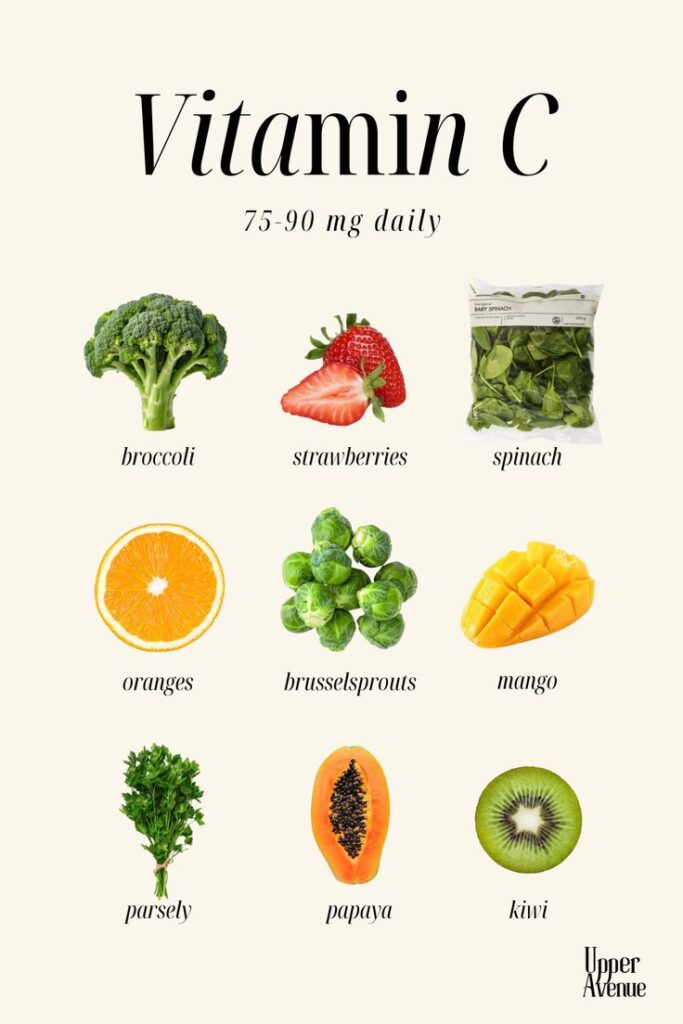
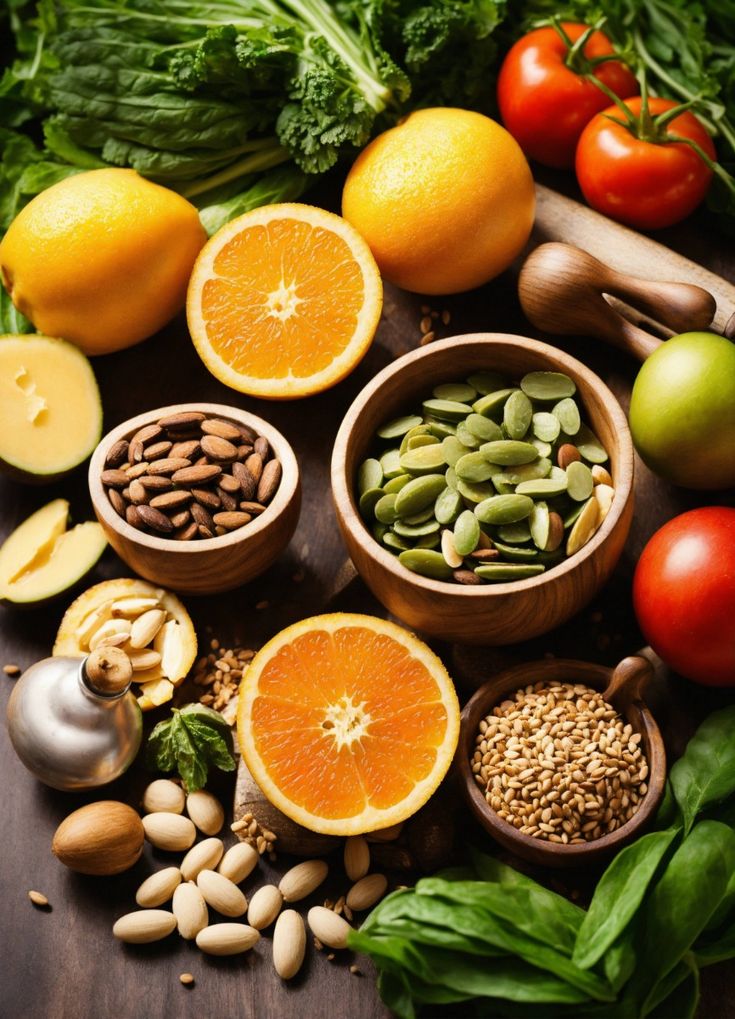
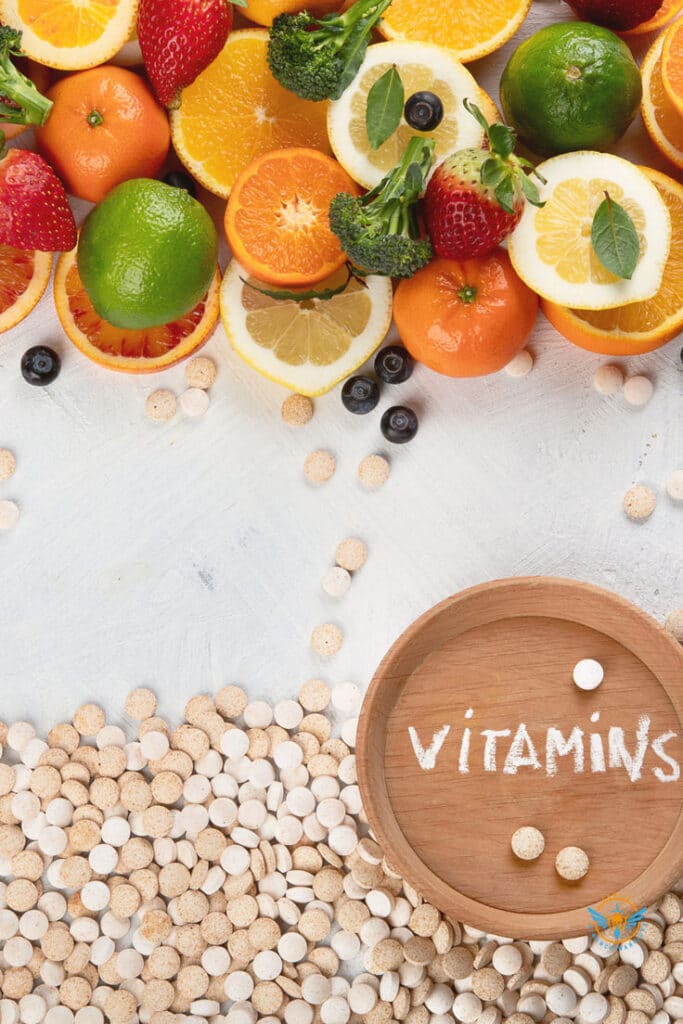
Dietary Supplements and Autumn Nutrition Tips
Shorter days and cooler weather can affect your vitamin levels, energy, and immune system. Paying attention to your nutrition and considering targeted dietary supplements can help you stay healthy as the season changes.
When to Consider Supplements
In autumn, your body may not get enough Vitamin D from sunlight. Since this vitamin supports bone health and immune function, a supplement can help maintain steady levels. Many people find their intake drops significantly once daylight hours shorten.
You might also consider supplements if your diet lacks variety. For example, if fresh produce becomes less available, a greens powder or multivitamin can help fill nutrient gaps. These options don’t replace whole foods but can support your nutrition when choices are limited.
Stress and fatigue often increase during seasonal transitions. Adaptogenic herbs like ashwagandha may help balance mood and energy. If you notice changes in sleep or stress levels, this type of supplement could be worth exploring with guidance from a professional.
Balancing Your Autumn Diet
Supplements work best when paired with a balanced diet. Focus on foods rich in vitamins A, C, and E, which support skin and immune health. Squash, carrots, and leafy greens are excellent seasonal choices.
Lean proteins such as poultry, fish, and legumes provide amino acids that keep your energy stable. Whole grains like oats and quinoa add fiber and B vitamins, which are important for metabolism.
You can also boost your nutrition by including fermented foods. Yogurt, kefir, and sauerkraut support gut health, which plays a role in nutrient absorption and immune balance. Pairing these foods with supplements ensures your body uses them effectively.
Maintaining Immune Health
Your immune system can feel the strain as temperatures drop and indoor gatherings increase. Vitamin C and zinc are two nutrients that help your body respond to seasonal stressors. A supplement may be useful if your diet doesn’t provide enough.
Hydration also matters for immune defense. Drinking enough water and herbal teas supports mucus membranes, which act as a barrier against pathogens.
You may benefit from an immune support blend that combines vitamins, minerals, and antioxidants. Look for products that include Vitamin D, C, and zinc together in moderate amounts. These nutrients work synergistically to keep your immune system functioning reliably throughout autumn.
Frequently Asked Questions
During autumn, shorter days and colder weather can affect your vitamin intake, especially vitamin D. You may also need to pay attention to other nutrients that support your immune system, energy, and overall health.
What are the benefits of taking vitamin D during the colder months?
Vitamin D helps support your immune system, which is especially important when colds and flu are more common. It also plays a role in bone strength and muscle function, which can help you stay active through the season.
How can I maintain sufficient vitamin D levels when there’s less sunlight in autumn?
You can maintain your levels by taking a daily vitamin D supplement, especially if you live in a region with limited sun exposure. Spending time outdoors when the sun is out also helps, even if it’s just a short walk.
Which vitamins are essential to supplement in my diet during autumn and winter?
Vitamin D is the most important, but B vitamins such as B6 and B12 can help with energy levels. Vitamin C supports immune health, while probiotics may aid digestion during the colder months.
What are common symptoms of vitamin D deficiency to look out for in the winter?
You may notice fatigue, low mood, or muscle weakness if your vitamin D levels are low. Some people also experience frequent colds or slower recovery from illness.
How much vitamin D should I take per day when the days are shorter?
Most adults benefit from 600–800 IU per day, though some guidelines suggest higher amounts in low-sunlight months. It’s best to confirm with your healthcare provider what dosage is right for you.
What are some vitamin D-rich foods to include in my diet when it’s not sunny?
Fatty fish such as salmon, mackerel, and sardines are excellent sources. You can also include fortified foods like milk, yogurt, and breakfast cereals, along with egg yolks.


